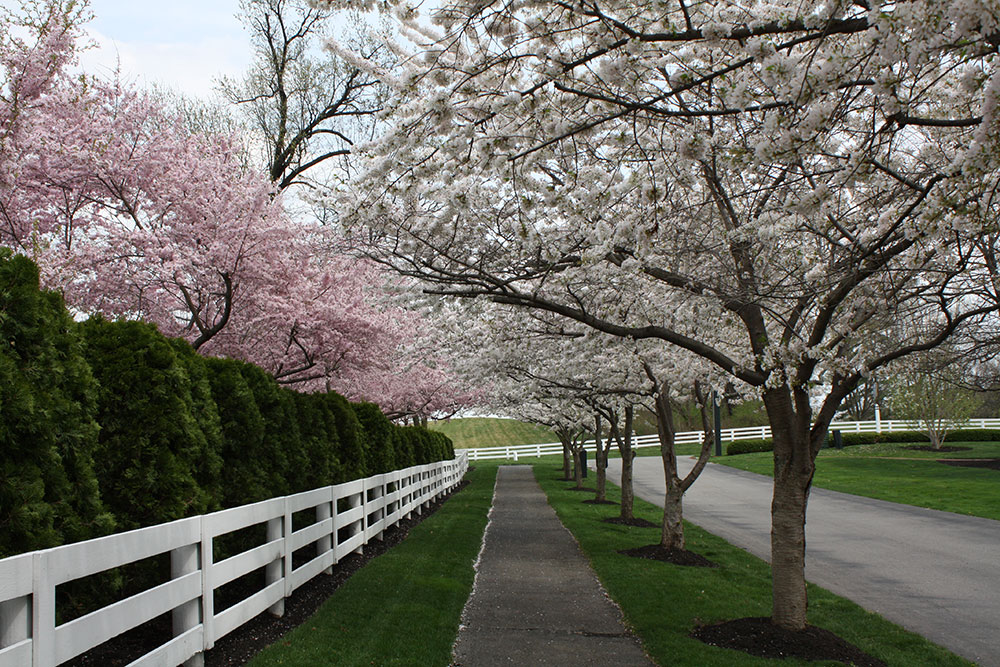
New Albany’s street trees provide numerous benefits. As part of the urban forest, street trees absorb storm water, filter and cool the air, increase property values, and improve the walkability of the community. New Albany staff recognizes the importance in preserving, creating, and maintaining a vibrant urban forest. New Albany is a “Tree City USA” community and has maintained that designation since 2010.
New Albany’s public service department maintains trees on public property and prioritizes the care of street trees in the right-of-way. Generally, trees located on a homeowner’s private property are the homeowner’s responsibility to maintain. Throughout the year, public service crews actively prune, plant, and remove trees along city streets to encourage growth of a strong, healthy and attractive urban forest.
Follow Us & Use #newalbanyohio
5 days ago
Photo
Share on Facebook Share on Twitter Share on Linked In Share by Email
5 days ago
Photo
Share on Facebook Share on Twitter Share on Linked In Share by Email
5 days ago
Photo
Share on Facebook Share on Twitter Share on Linked In Share by Email
5 days ago
Video
Share on Facebook Share on Twitter Share on Linked In Share by Email
6 days ago
Photo
Share on Facebook Share on Twitter Share on Linked In Share by Email